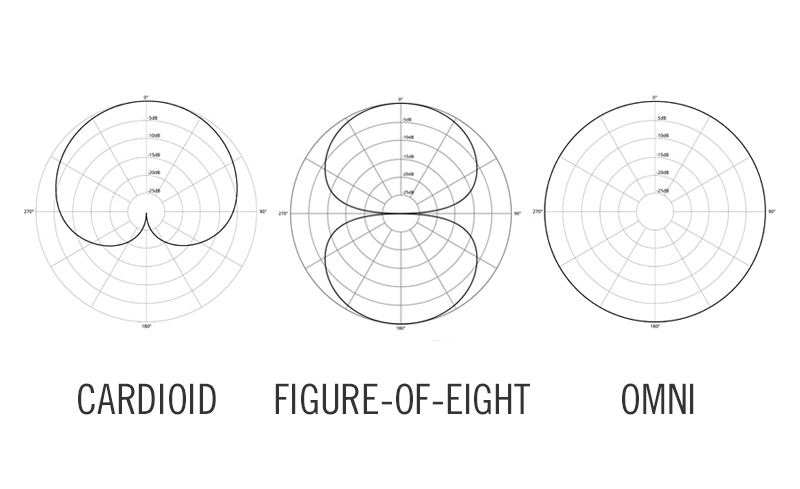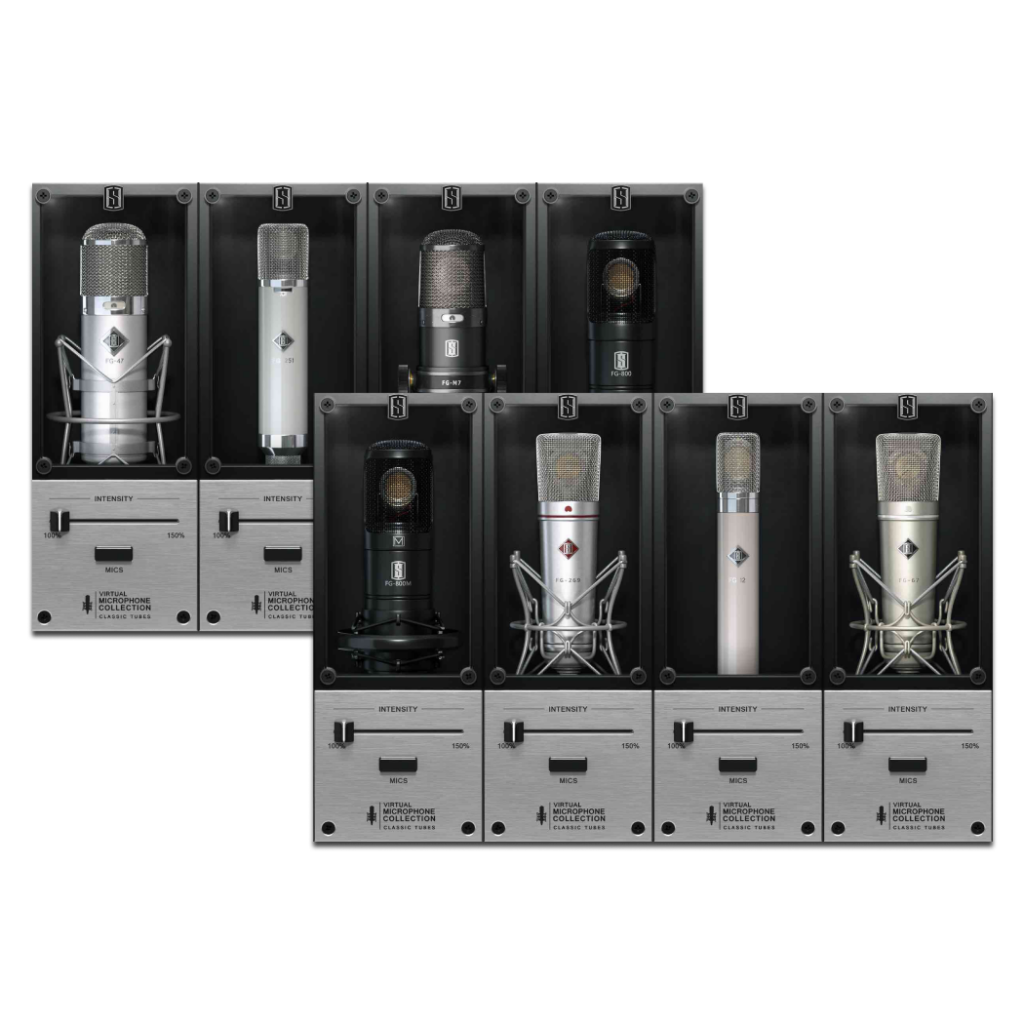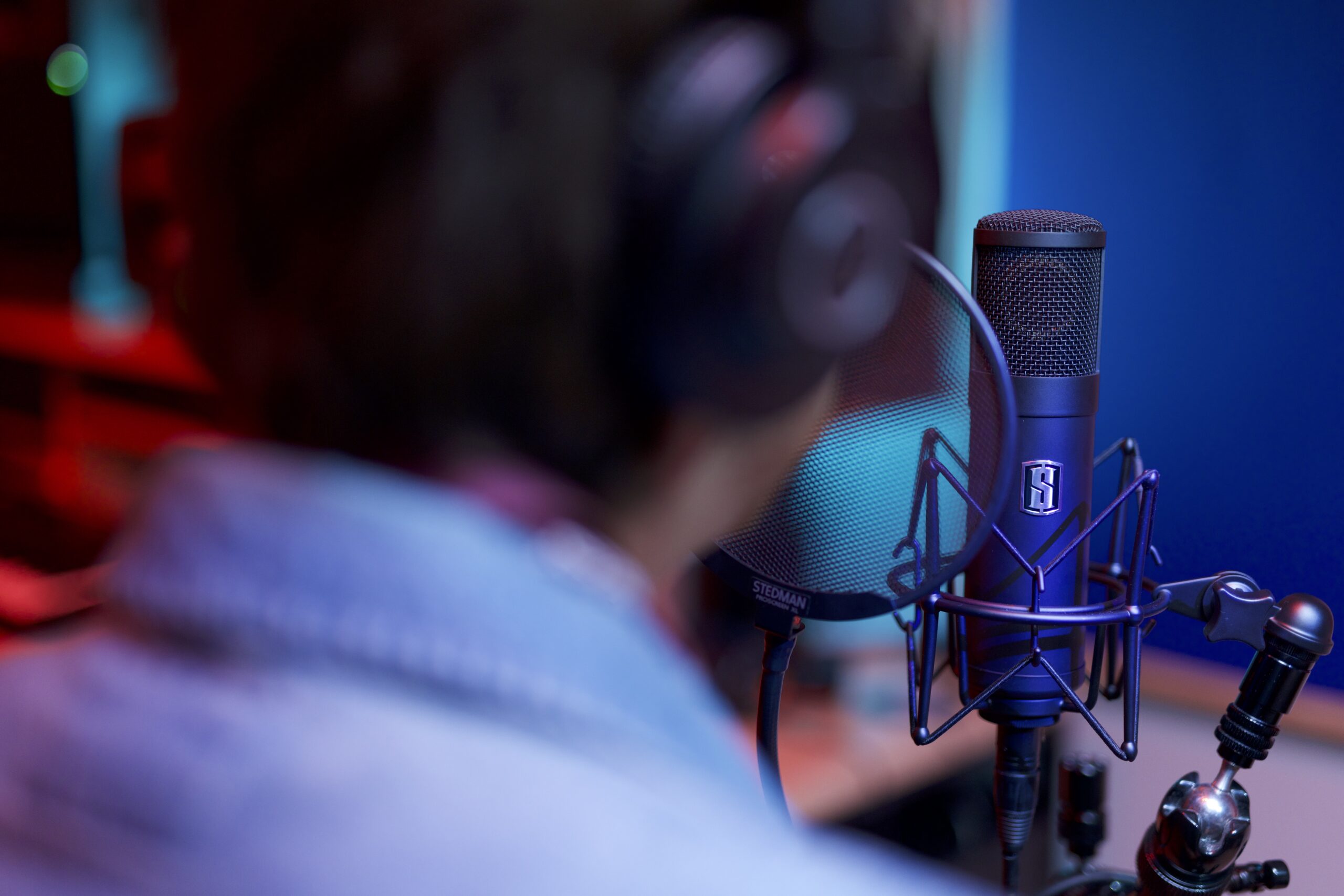Whether you’re a musician, a podcaster, a streamer, or a content creator, choosing the right studio microphone is crucial for capturing high-quality audio regardless of recording space, especially if you’re trying not to break the bank.
In this short guide, we’ll explore the different types of studio microphones available, essential points to consider when buying, and what to prioritize when working with a limited budget.
Understanding Studio Microphone Types
Before diving into specific features and considerations, let’s first understand the basic types of studio microphones:
Condenser Microphones
Known for their sensitivity and ability to capture detailed sound, condenser microphones are common in studio settings. They require phantom power to operate, which comes from audio interfaces or mixing consoles.
Dynamic Microphones
Dynamic microphones are rugged and versatile, making them ideal for recording loud sound sources like drums and electric guitars. They don’t require phantom power and are less sensitive than condenser microphones.
USB Microphones
These microphones have built-in analog-to-digital converters and connect directly to your computer via USB. While convenient for beginners and those with limited space, most may not offer the same level of audio quality as traditional studio microphones.
What to Look For
When shopping for a studio microphone, here are some essential things to keep in mind:
Versatility
Look for a microphone that can handle a variety of recording tasks. Versatile microphones can save you money in the long run by eliminating the need to purchase multiple microphones for different purposes.
Durability
Whenever possible, make sure to examine a microphone’s build quality before you buy to ensure it’s sturdy and well-made. Pay close attention to the details: you’ll want to learn what materials were used in its construction, and it’s always good practice to get a sense of the microphone’s overall feel in your hand before bringing it back to the studio.
Frequency Response
A microphone’s frequency response determines how accurately it reproduces different frequencies.
A flat frequency response is ideal for accurately capturing natural sound. Microphones with tailored frequency responses, meanwhile, are better suited for specific applications, like recording vocals or particular instruments.
Polar Patterns
When buying a microphone, you should also think about its polar pattern. This refers to a microphone’s sensitivity to sound from different directions.
Here are the three most common polar patterns you’ll encounter in a recording environment:

- Cardioid microphones are most commonly used in studio settings, as they only capture sound from sources placed directly in front of them.
- Figure-8 microphones pick up sound sources from the front and back, which makes them great for duets or interviews with minimal bleed.
- Omnidirectional microphones capture sound equally from all directions. This makes them ideal for capturing ambient sounds or group recordings.
Sensitivity and SPL
Check the microphone’s sensitivity and maximum sound pressure level (SPL) capacity before you buy it. Higher-sensitivity microphones are great for detailed captures of quieter sounds. Conversely, microphones with high SPL thresholds can handle louder sounds without distortion.
Compatibility
Finally, ensure the microphone you’re considering is compatible with your existing recording equipment. Check the connection type (XLR or USB) and ensure it will work with your current audio interface, mixer, and computer.
Our Favorite Studio Microphones
While there are many affordable studio microphones on the market, the Slate Digital ML-1 microphone and Virtual Microphone System offer exceptional value and versatility for the price.

The ML-1 Modeling Microphone
The ML-1 is a high-quality condenser microphone that delivers professional-grade sound reproduction at an affordable price point. Its flat frequency response and cardioid polar pattern make it perfect for a wide range of recording applications, from vocals and acoustic instruments to drums and guitar amps.

The Virtual Microphone System (VMS)
The VMS software complements the ML-1 microphone by emulating the characteristics of classic microphones and preamps. With a selection of meticulously modeled microphone and preamp combinations, the VMS allows you to achieve the sound of vintage studio equipment without the need for a large budget or extensive gear collection.
By combining the Slate Digital ML-1 microphone with the Virtual Microphone System, you can access a diverse palette of sonic possibilities without breaking the bank. Whether you’re recording vocals, instruments, or podcasts, the ML-1 and VMS provide professional-quality results that rival much more expensive studio setups.
Conclusion
Choosing the right studio microphone for your home studio doesn’t have to be a stressful or super-expensive process. Stay mindful of your budget and specific recording needs, and you’ll find an affordable professional microphone that delivers professional-grade audio without sacrificing quality.
With the right microphone in your arsenal, you’ll be well-equipped to unleash your creativity and produce amazing recordings regardless of your studio space.

